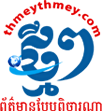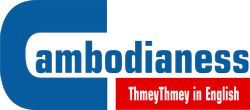អត្ថបទពាណិជ្ជកម្ម
Green Apple International School-GAIS incorporates both cooperative and competitive teaching strategies
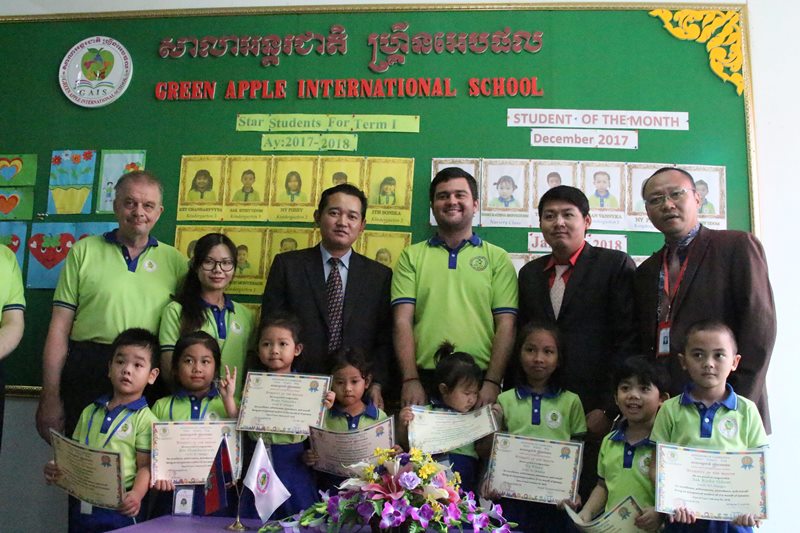
×![]()
The cooperative classroom
Students are usually divided into small groups and encouraged to work together to maximize their own learning, as well as the others’ in the group. Activities can include children reading their work aloud to each other, gardening and health education projects, using flashcards to help each other study spelling words, and working together on a larger project such as a science experiment, art and craft, music and dance and outdoor activities.
The Competitive Classroom
Sometimes called individualistic learning, the competitive classroom is the more traditional form of learning. Students study alone and complete their own assignments while trying to learn the presented subject matter. Tests and quizzes measure each student’s progress, and letter grades or percentages are given for both assignments and tests. In this type of setting, students may become competitive with each other for the best grades and for your recognition.
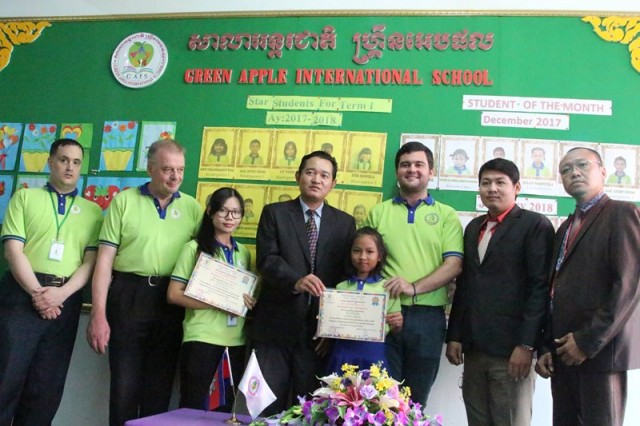
The philosophy of education here at GAIS, like life, nothing in teaching is completely black or white. Given that competitive and cooperative teaching strategies each have their advantages, both could be incorporated into a classroom—provided that you remain on guard against the pitfalls of each strategy. For instance, students could study their spelling words in small groups or in pairs, but could still be responsible for their own test grades. Science lessons could be taught in the more traditional competitive way, but larger, cooperative projects could also be part of the lesson plan. Students could also be allowed more say in how they attack a learning problem by choosing their own collaborative activities when appropriate and deciding how they would like to be tested. As a result, GAIS students are applied to incorporate both cooperative and competitive learning strategies into a single classroom and they mix well the following aspects:
-Children face the real-world challenge of competition.
-Students are encouraged to do their very best.
-Independent thinking and effort are encouraged and rewarded.
-Children learn important cooperative social skills that they will need later in their working lives. -Students can actually learn better when they also help teach other students.
-Children who might be left behind in a more competitive environment can be brought up to speed by their peers.
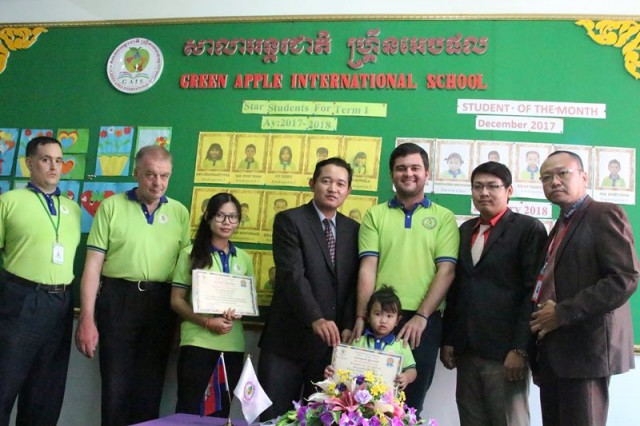

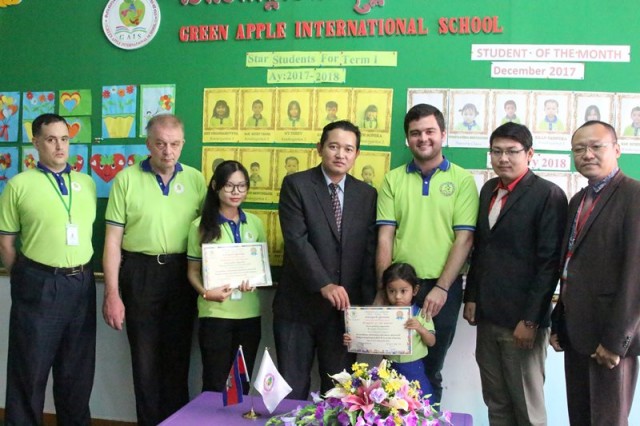
(អត្ថបទពាណិជ្ជកម្ម)
© រក្សាសិទ្ធិដោយ thmeythmey.com
